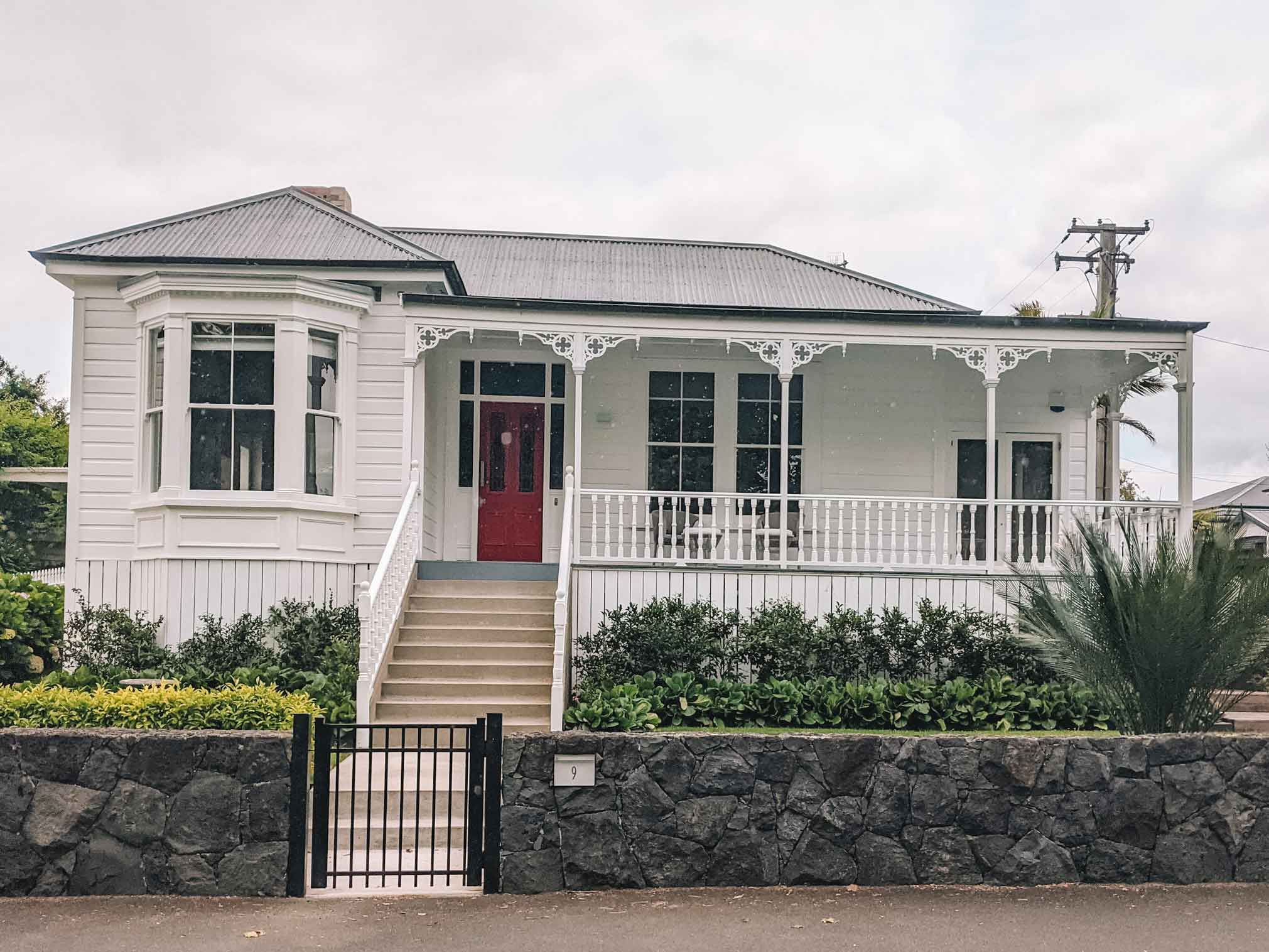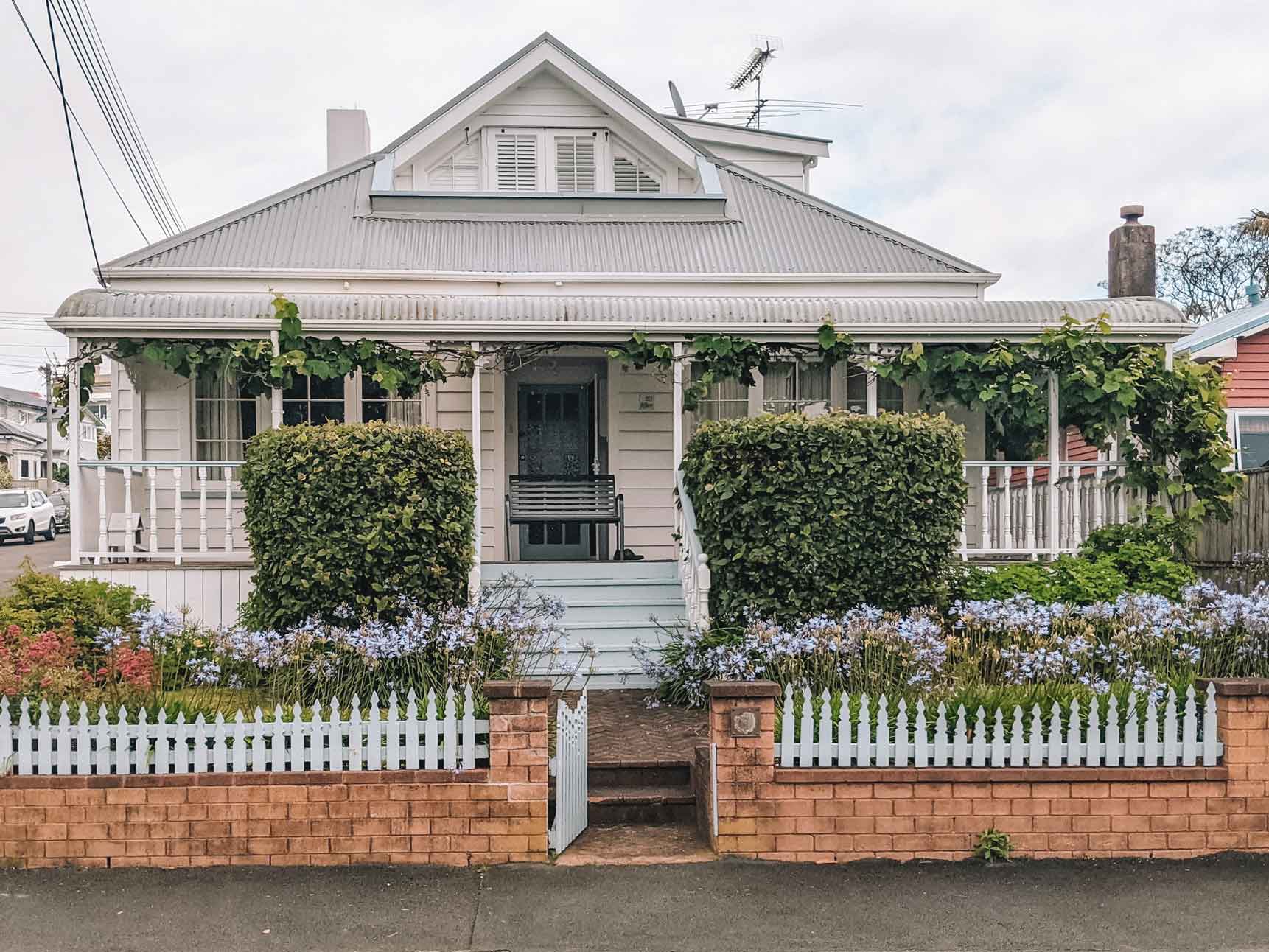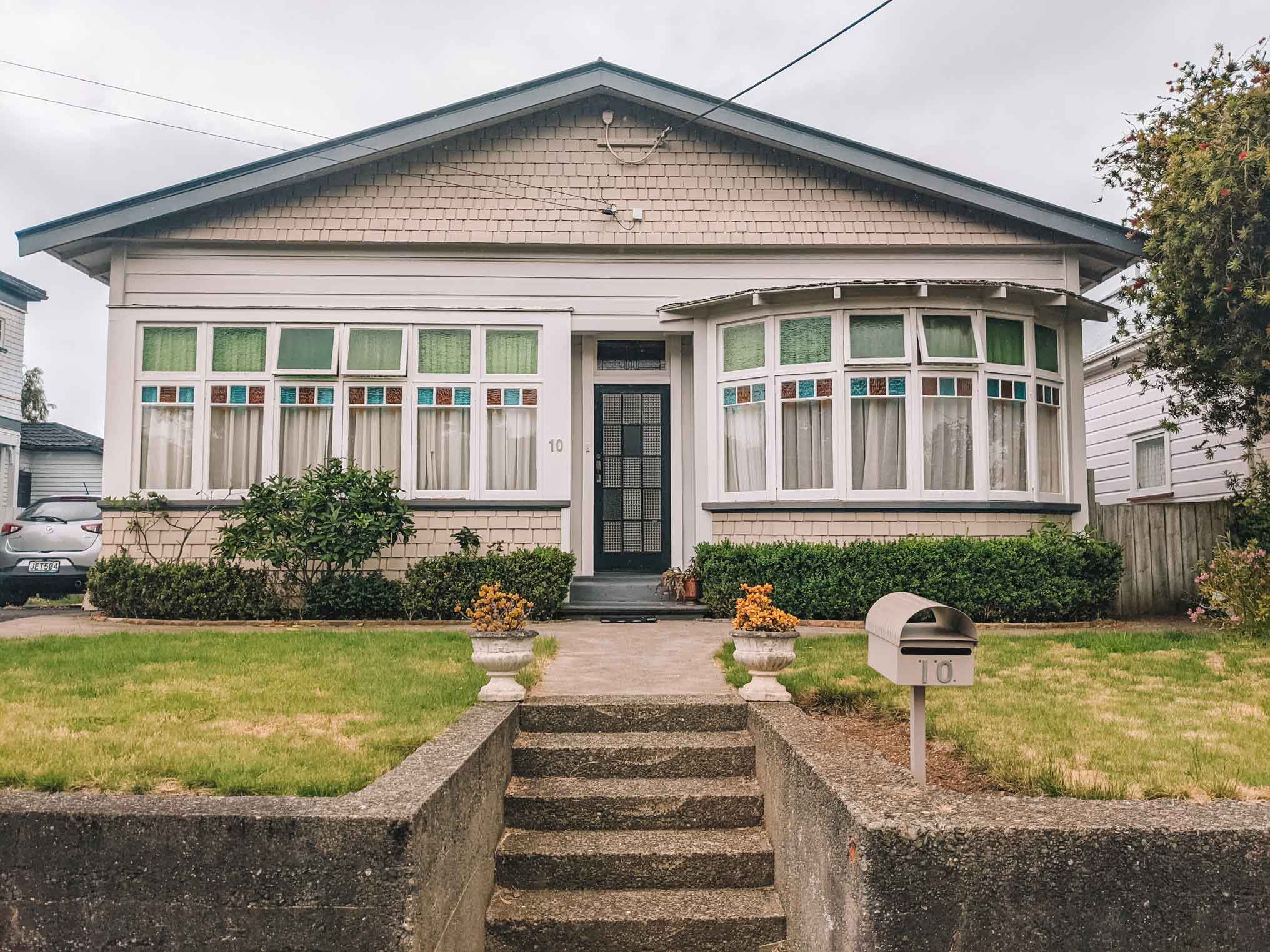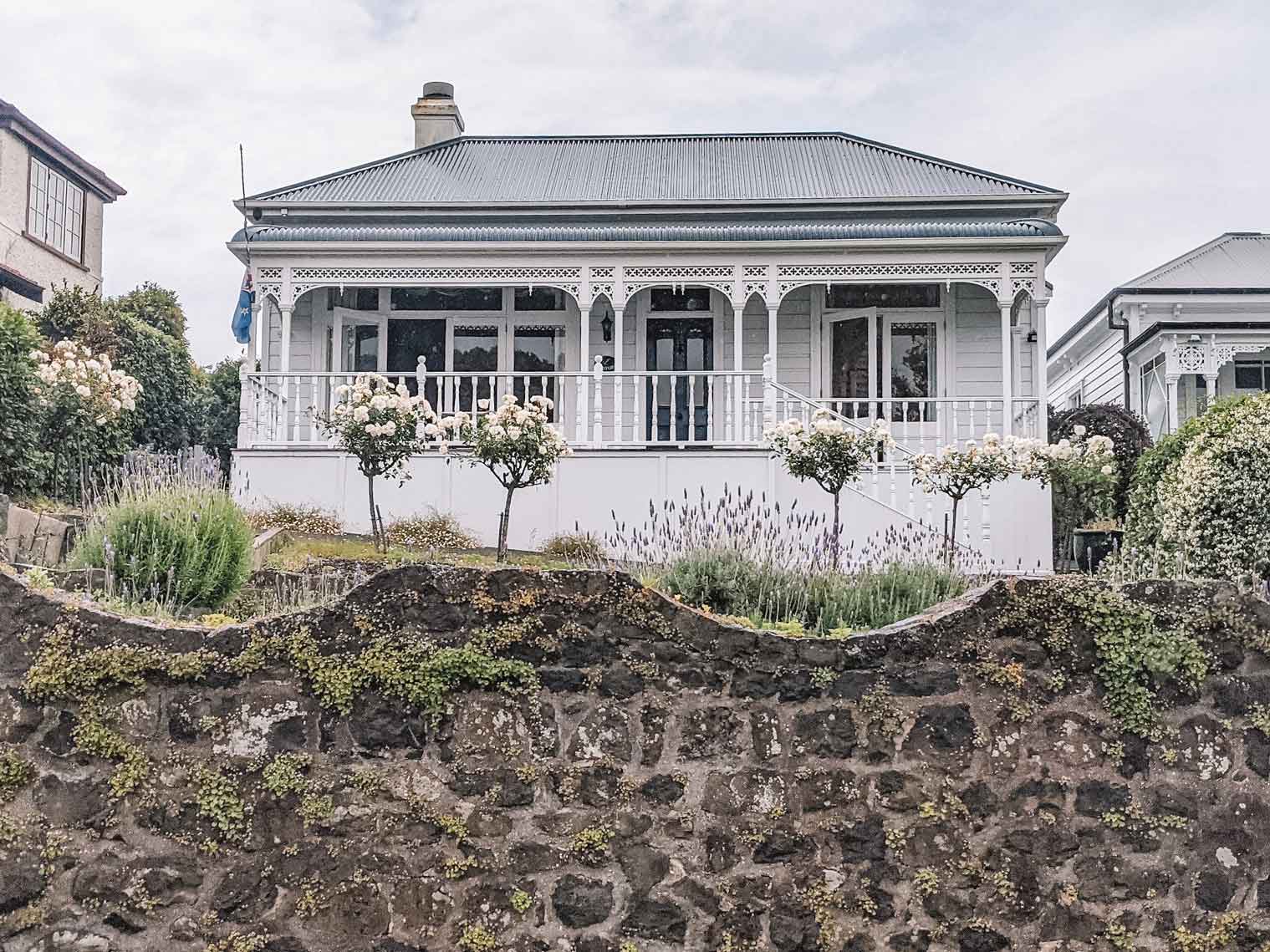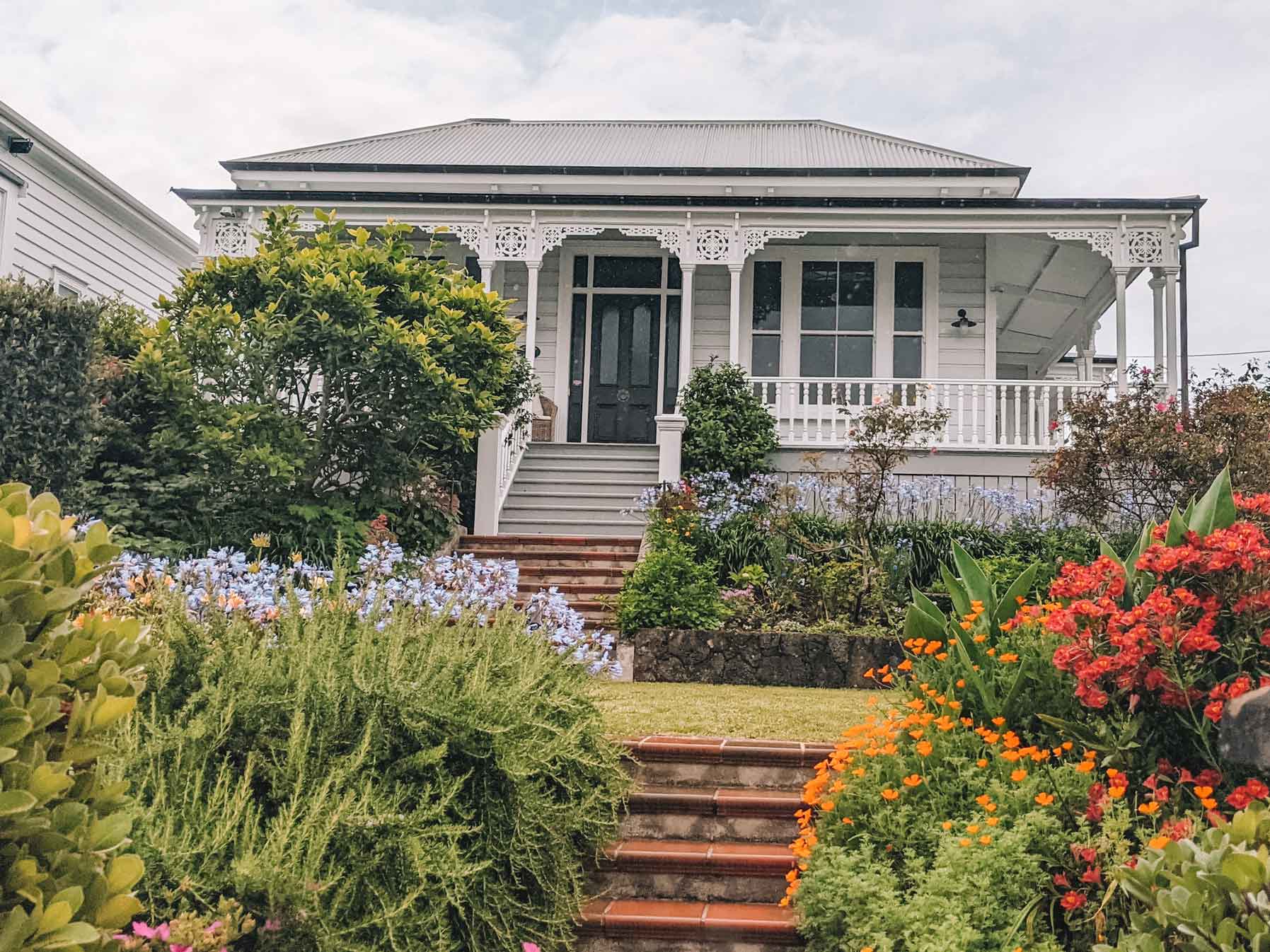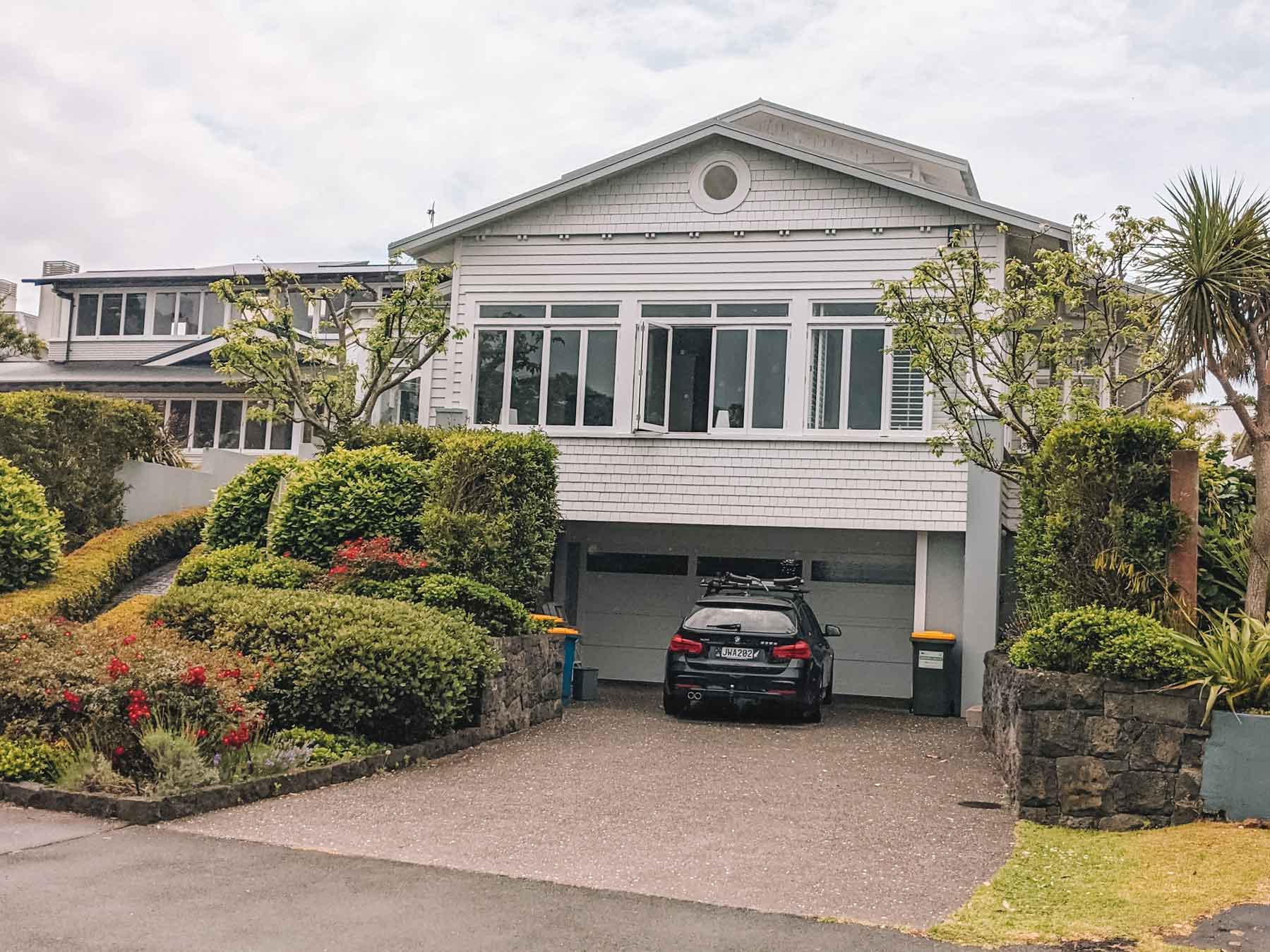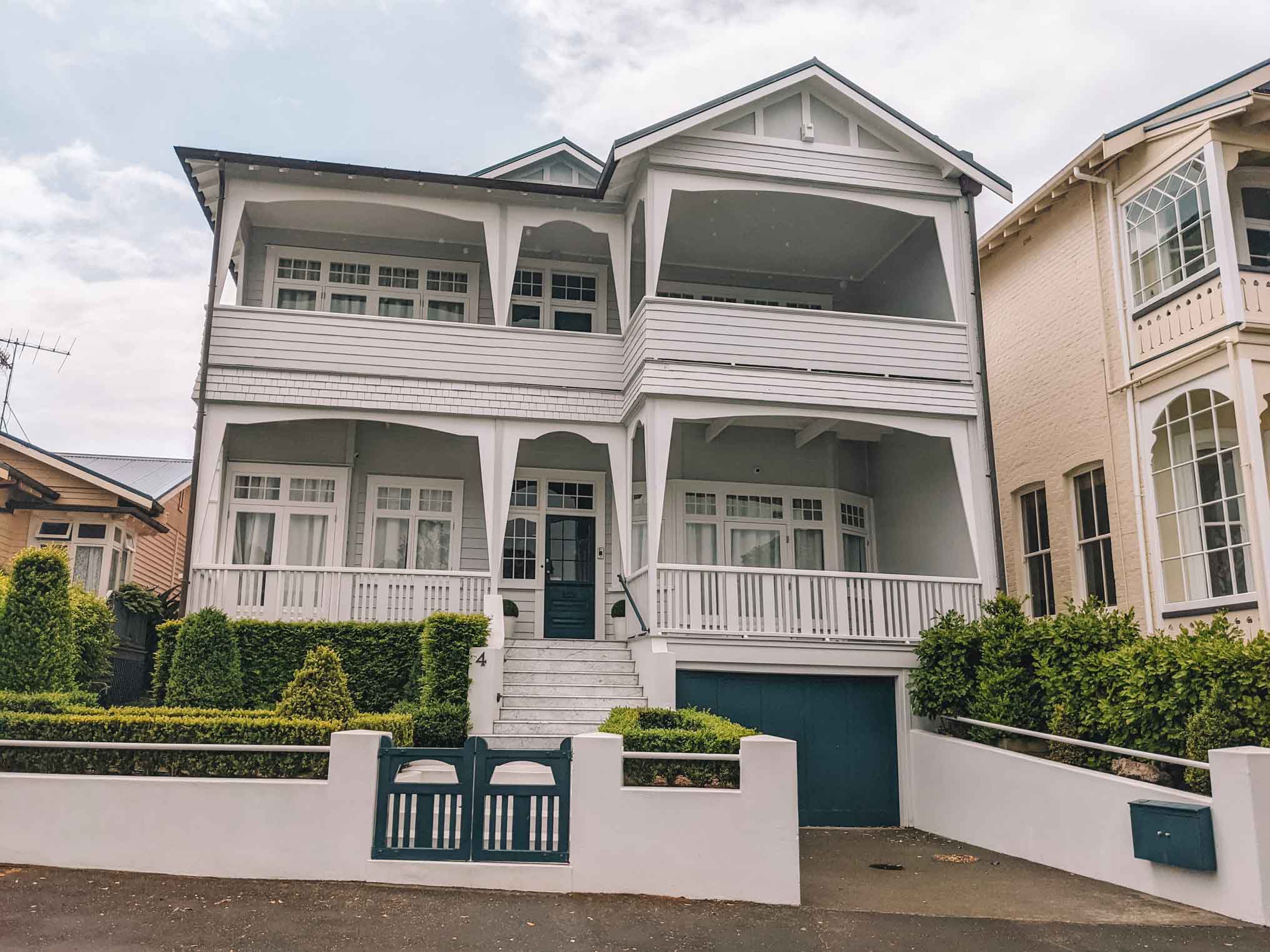Villa Style House Plans NZ
Traditional Villas
Villas in New Zealand were typically built around a central corridor with rooms opening off each side. The room reserved for entertaining guests was called the parlour and was located directly off the corridor and contained a bay window. Family treasures and the finest furniture in the house would be on display in this room.
The main bedroom was typically across the corridor from the parlour, facing the street. Any other bedrooms typically faced the side or back of the house.
The kitchen, pantry and scullery were at the rear of the house, away from the street, located under a lean-to roof with a floor dropped to ground level. The kitchen area was for cooking (on a coal range) and dining. Wetbacks on the coal range provided water heating.
Larger villas had a lock-up safe, a separate dining room and a pantry for food storage. Villas typically did not have bathrooms but instead had long-drop toilets, located in separate buildings at the rear of the section. The laundry was usually also situated in a separate building behind the main house and contained a kauri timber or copper tubb, for boiling water.
Villa Styles in New Zealand
Villas in New Zealand come in five distinctly different styles, from the Workers cottage to the Trans Villa (Transitional Villa).
The Workers Cottages were 2 – 4 bedroom cottages constructed in the mid to late 19th century and were used to house workers. They typically had close neighbours and had very little fret work (lack of frills). Over the years, improvements such as verandahs, second stories and other extensions may have been added. Government state housing schemes built many Workers Cottages in New Zealand.
The Victorian Villa became the prominent home in New Zealand from the mid 19th century. Constructed solidly using native timber, they typically had a high ceiling, small windows, front verandas and a large wide central hallway. This Victorian Villa was all about the appeal of the exterior, with fretwork and fennels.
The Californian Bungalow became popular in New Zealand from the early 20th century and featured larger windows, less verandah detailing and lower pitched angled roofs. They were more of an open plan style, which allowed more light in. Features included exposed rafters, timber panelling on walls and a single clad, round bay window.
Bay Villas are a variation of the classic Victorian Villa. Their main feature was a faceted bay window on one side with a front verandah running to the side of the bay window.
The Trans Villa incorporated the styles of both the Victorian Villa and the Californian Bungalow. It became popular to incorporate bungalow architecture into traditional villas. By the 1940s, the bungalow had gained so much favour that both the Villa and the Trans Villa were consigned to history.
Today's Villas
Villas have seen a revival in popularity since about 1980. Villa renovations are now a significant part of the building industry’s work. They count for over half of the renovations that Villaworx Construction perform. The renovations we carry out on these Villas are extensive and to a high standard. Generally the entire inside is gutted and modernised to various degrees, while the exterior is meticulously restored to its original state.
Many of New Zealand’s 85,000 villas have yet to be upgraded and renovated. Typically, they are cold (no insulation), draughty (leaky sash, single glazed windows) and their spaces have a poor relationship to sun and site (bad aspect). Their service areas such as bathrooms are not well related to bedrooms (bad layout) and may lack what we consider to be modern amenities.
Despite all these facts, once renovated, these houses can become amazing architectural masterpieces with all the modern comforts inside, yet keeping all the character and heritage on the outside. At Villaworx Construction we love taking on these projects as we are passionate about restoring these timeless architectural treasures back to their former glory.
If you’ve got questions or would like to discuss your villa plans in more detail, send us a message here

